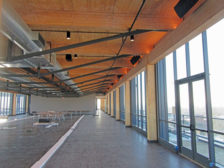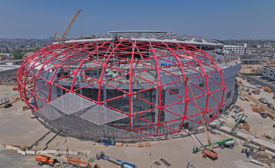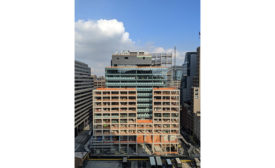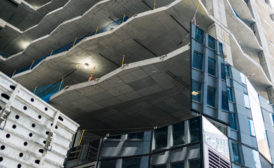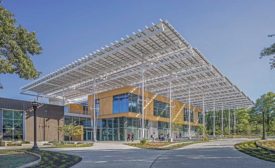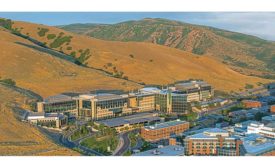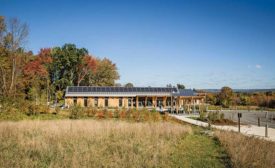Home » Keywords: » Sustainable Design
Items Tagged with 'Sustainable Design'
ARTICLES
Materials
New policy mandates all vertical construction projects must consider mass timber and cross-laminated timber in design
Read More
Green Buildings
Resetting Manhattan's Standard for Sustainability
555 Greenwich Street team reflects on creating a benchmark for energy efficiency
Read More
Sustainability
Boston Area Pushes Passive House Envelope
Downtown tower could become the world's largest Passive House office building while Cambridge affordable housing complex also seeks the certification
Read More
ENR Southeast's 2020 Best Projects
Best Green Project: Kendeda Building for Innovative Sustainable Design
Read MoreThe latest news and information
#1 Source for Construction News, Data, Rankings, Analysis, and Commentary
JOIN ENR UNLIMITEDCopyright ©2024. All Rights Reserved BNP Media.
Design, CMS, Hosting & Web Development :: ePublishing
